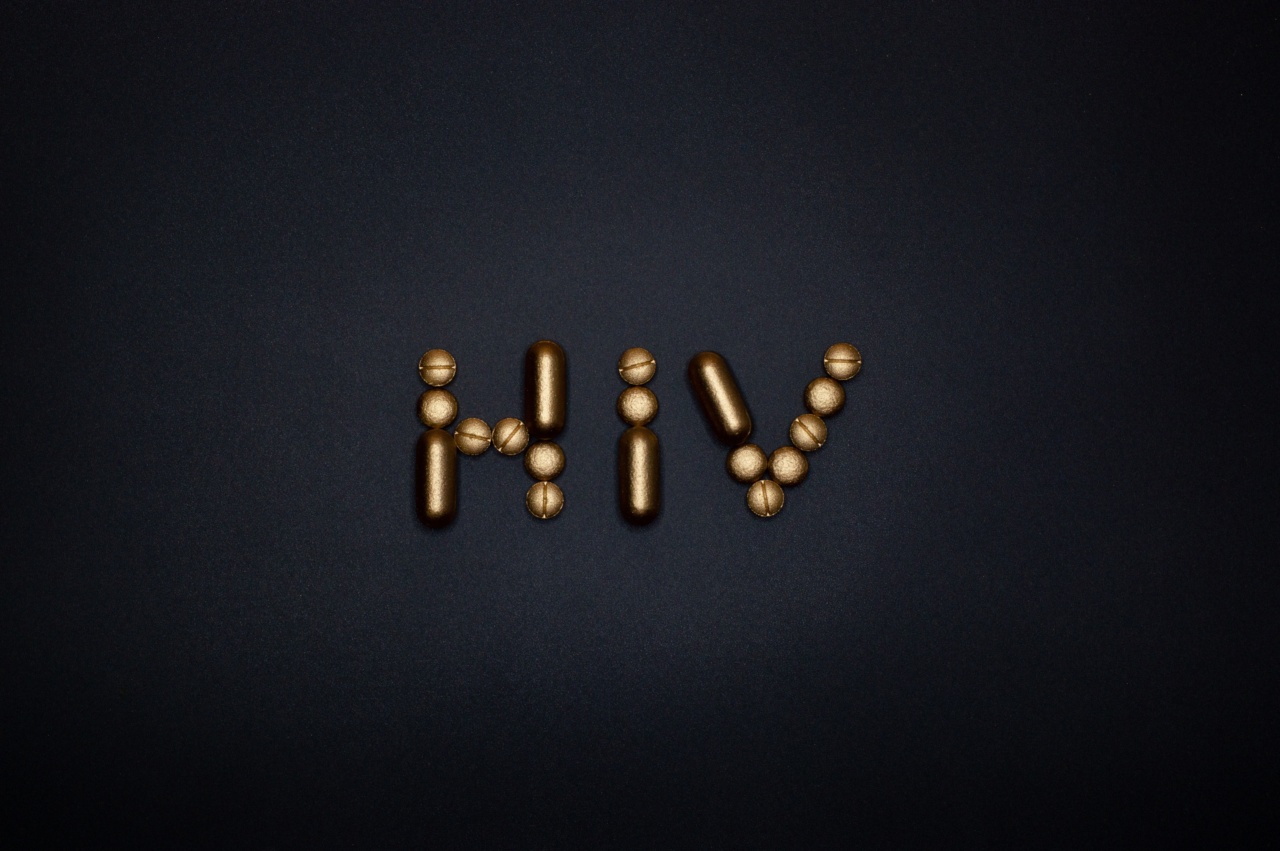HIV (Human Immunodeficiency Virus) is a virus that attacks the immune system, causing AIDS (Acquired Immunodeficiency Syndrome). It has been a global health challenge for decades, infecting millions and claiming countless lives.
Despite efforts to combat it, there has been no cure. However, a recent breakthrough offers hope for a new treatment that could fundamentally change the way we fight HIV.
The challenge of HIV
HIV is transmitted through blood, semen, vaginal fluids, and breast milk. It attacks the CD4+ T cells of the immune system, which are vital for fighting off infections and diseases.
As the virus replicates, it destroys these cells, weakening the immune system and leaving the body vulnerable to infections and cancers.
When the immune system is severely compromised, a person with HIV can develop AIDS.
According to the World Health Organization (WHO), over 38 million people worldwide were living with HIV at the end of 2019, and 690,000 people died of AIDS-related illnesses in the same year.
The current treatment for HIV is antiretroviral therapy (ART), which involves taking a combination of drugs to suppress the virus and prevent its replication.
This treatment can prolong a person’s life, but it does not cure HIV, and it requires lifelong adherence to strict medication regimens.
Revolutionary treatment
Recently, a team of researchers at the Lewis Katz School of Medicine at Temple University in Philadelphia announced the development of a new treatment that could “put HIV to sleep.” The treatment involves cutting the virus out of the infected cells and then locking it away for good.
The researchers used a specialized gene-editing tool called CRISPR-Cas9 to target and remove the HIV provirus, which is the DNA copy of the virus that is integrated into the genome of infected cells.
The scientists then used another tool called a long-acting slow-effective release (LASER) ART to administer a new type of drug that can keep the provirus in a dormant state, preventing it from being reactivated and replicating again.
The researchers tested the treatment in mice with HIV-like infections and found that it effectively eliminated the virus from infected cells and prevented its reactivation for over four months after a single dose.
The potential impact
If this new treatment proves to be effective and safe in humans, it could be a game-changer in the fight against HIV. Unlike current ART, which only suppresses the virus, this treatment has the potential to completely eliminate it from the body.
This could be a significant step towards a cure for HIV.
The new treatment could also have implications for other viral infections that integrate their genetic material into human cells, such as herpes, hepatitis B, and certain types of cancer.
The CRISPR-Cas9 gene-editing tool used in this treatment has shown promise in treating inherited genetic disorders as well.
Challenges ahead
Although this new treatment offers hope for a cure, there are still many challenges ahead. The treatment has yet to be tested in humans, and there are concerns about its safety and effectiveness.
The CRISPR-Cas9 gene-editing tool is not perfect and can sometimes cause unintended mutations in the DNA, which could have serious consequences.
In addition, the current cost of the CRISPR-Cas9 gene-editing tool is still very high, which could limit its accessibility in low-income countries where HIV is most prevalent.
Conclusion
The new treatment developed by the researchers at the Lewis Katz School of Medicine at Temple University offers hope for a cure for HIV. It represents a significant step forward in the fight against this devastating virus.
If proven to be effective and safe in humans, this treatment could fundamentally change the way we treat HIV and other viral infections.
However, it is important to continue research and develop ethical guidelines to ensure that gene editing is used responsibly and safely.
Only time will tell if this new treatment will live up to its promise, but it offers a glimmer of hope in an otherwise challenging landscape.































